A Guide to Creating Your B2B Content Marketing Strategy


Brent Walrath
This post was originally published in May 2019 and has been updated for accuracy and comprehensiveness.
Creating a B2B content marketing strategy includes producing and sharing quality content to engage your target audience and achieve your business goals. These goals may involve brand awareness, increasing sales, or driving traffic to your website.
Developing relevant and useful content is a great way to show readers that you are an expert within your industry and that they can trust your information. When creating content, you should avoid a hard sell. Aggressive language or pushy promotions may make your reader lose interest. Instead, write content that provides value and credibility for the reader.
Writing engaging content includes a psychological approach and keyword research, which we have outlined in previous sections of this guide.

You may be wondering who has time to make all of this high-quality content. Outsourcing the task of content creation is a great way to save time and money. The content marketing specialists at EBQ can help you reach your content marketing goals.
Follow this chapter to learn how to produce content that will reach your target audience and enhance your customers’ experiences.
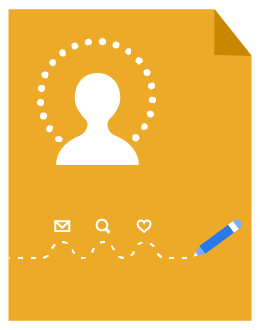
B2B Marketing Strategy Framework: The Ultimate Guide to Business Branding
Learn how to build a strong brand experience with our downloadable guide.
Creating Content for Each Stage of the B2B Buyer’s Journey
You will want to focus on certain types of content depending on the stage of the buyer’s journey. Each stage has a different goal for your content, so it will be helpful to set specific objectives when planning it all out.
Before the sale
Rather than pushing out content because you know you have to, use these sales funnel steps to understand what your customers need from you in each stage. Setting goals for each piece of content will help you lead your buyers to become paying customers.
Think of the different stages a buyer goes through before deciding to make a purchase:
Awareness Stage
The buyer is aware of their problem but may not know about your or other solutions. In this stage, you should focus on content that educates your buyer about their issue and creates interest in your product as a solution.
Types of content for the awareness stage:
- Blogs
- Social media
- Whitepapers
- Checklists
- How to’s
- Ebooks
- Educational webinars
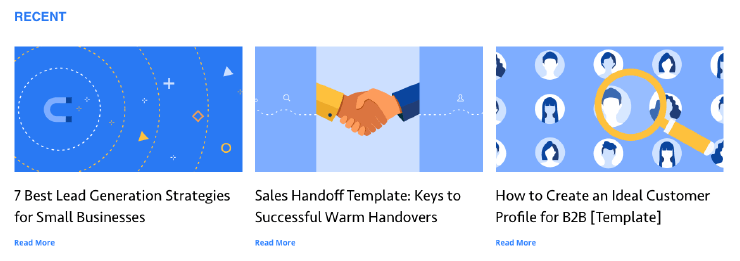
Consideration Stage
The buyer is now researching your company, competitors’ solutions, and alternatives and weighing the pros and cons of each. This is your chance to stand out by pointing out the tangible benefits your solution provides and comparing it to the alternatives the buyer might be considering.
Types of content for the consideration stage:
- Product comparison guides
- Portfolios
- Case studies
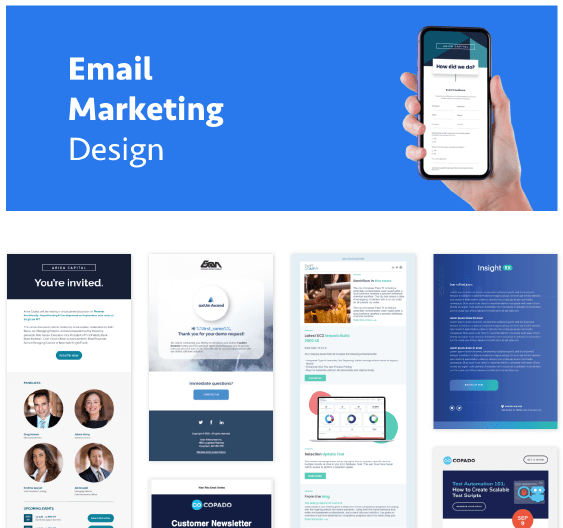
Decision Stage
At this point, the buyer has a decision to make: to buy or not to buy. Your content should be focused on nurturing the buyer to finalize the purchase. Start pushing out case studies that outline the clear value of your solution. This can be shared with prospects based on its relevance to their industry and the buyer persona.
Types of content for the decision stage:
- Free trials
- Consultations
- Case studies
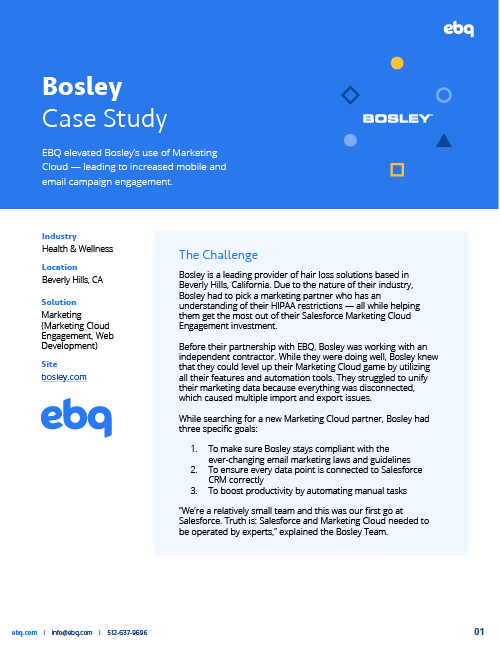
After the sale
These last two stages may not require as many blog posts. However, it’s important to consider the value that can be gained during these post-sale stages. Focus on creating content that will further nurture the relationship past the goal of a sale.
Growth Stage
Customers have bought your solution or product and are onboarding and adopting it to fix their issues. This is a great opportunity to create content that adds value to growing the customer relationship. This content can cross-sell and upsell other products and services the customer may be interested in based on their previous purchases.
Types of content for the growth stage:
- Website copy
- Tutorials
- Collateral
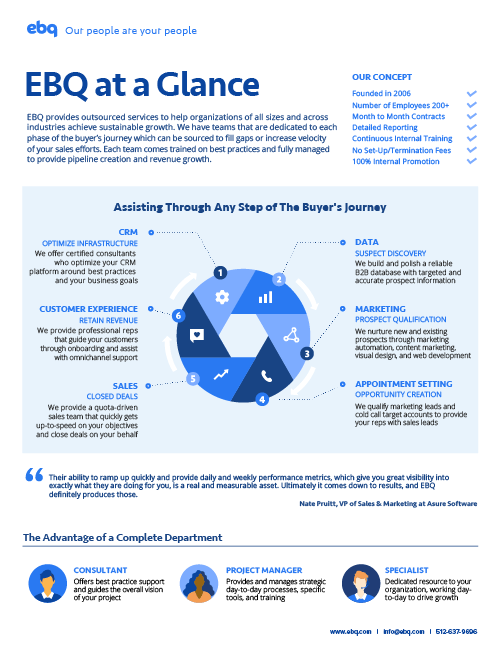
Delight Stage
By now, the customer is a regular user of your solution and can see the level of support your company will provide in the relationship. Your goal is to delight customers by supplying them with useful, easy-to-understand content. Give them all the necessary information they need to get the most out of your solution.
Types of content for the delight stage:
- Newsletters
- Email marketing


Subscribe to EBQ's Bimonthly Newsletter

Subscribe to EBQ's Bimonthly Newsletter
10 Ways to Create Valuable Content
It takes time to get results from your content marketing strategy. As your web of information grows, it will become easier to post high-quality content that consistently engages your readers. Be persistent and always be on the lookout for ways to meet the needs of your online audience.
Using resources like Quora’s question-and-answer capability may help you discover what your buyers want answers to. Engaging in forums where people who meet your ideal customer profile discuss their concerns will give you insight into what topics you can use to grab their attention.
Although posting content regularly is one of the best ways to start seeing results, it’s important to ensure that the content is top quality. By publishing consistently good content, you can become a trusted source for your readers.
Follow these 10 tips to keep your readers engaged:
- Shift your focus to the readers’ perspective and provide them with content that teaches them something new and relevant
- Outline why you’re writing a specific piece of content as a reference for your internal team to understand how your product relates to the topic
- Provide tangible examples and actionable takeaways that your readers can use as a guide
- Link relevant content from past pieces you’ve published, and make sure to include relevant keywords as the anchor of each link
- Anticipate questions your readers may still have after reading your insights to keep them from leaving the page to find the answers elsewhere
- Make your content easy to follow, ordering it in a logical way by using headings, bold fonts, and bulleted lists to break up the text
- Use branded visuals to give additional context, promote brand recognition, and make the content more appealing
- Avoid spelling and grammar mistakes that would damage your credibility by always double-checking your content
- Make sure all information you have gathered is up-to-date and accurate
- Ensure your content is SEO-optimized for better discovery

B2B Marketing Strategy Framework: The Ultimate Guide to Business Branding
Learn how to build a strong brand experience with our downloadable guide.
Become a B2B Content Marketing Expert
Once you have laid out the goals you want to achieve and understand which type of content to use for which stage of the buyer’s journey, you will eventually see the benefits of consistent content marketing.
After continuously posting content and becoming a reliable source for your readers, you will become a thought leader in your industry. Higher search rankings from relevant content and keywords will draw people to your website, thus increasing sales.
The next section will examine how to create your comprehensive marketing plan and how content aligns with that plan.
